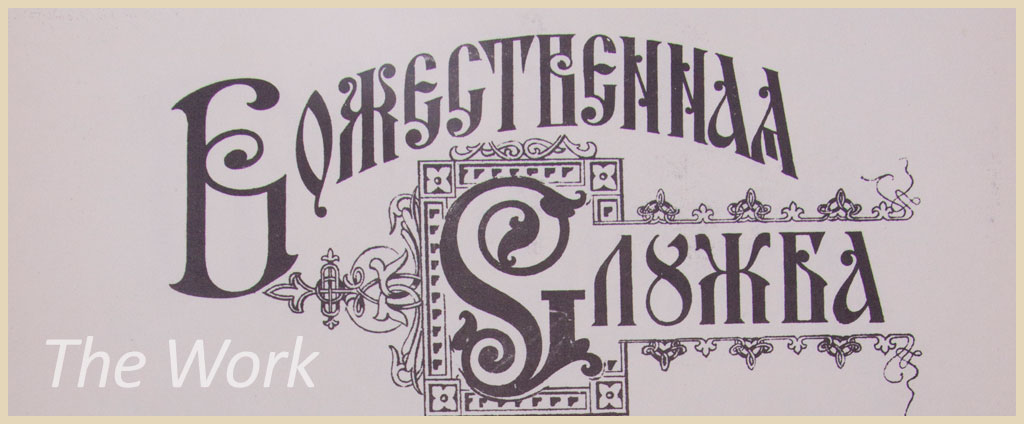The importance and value of Mokranjac’s work has deep roots in his specific relation towards folk heritage as an essence out of which he made a work of art. With the intuition of a refined artist and with his subtle taste, he had a balance to find a proper measure how to intervene national motives and the technique of composing. With his realistic attitude towards folk motives, that was romantically idealized with his formers even his disciples, Mokranjac represents a composer whose works has shown romanticism that was vanishing and the national direction coming out.
Mokranjac’s work can be divided into two parts: secular and spiritual music. Apart from that he founded the base for further expand of ethnomusicology and music theory. He collected and wrote down folk songs and motives, that he used a great number in his compositions. He wrote down approximately 160 folk songs in the area of Kosovo in 1896, and 300 melodies from different parts, based on his recollection and songs sung by some singers. He made the collection of sacral songs Osmoglasnik (Octoechos) and Strano pjenije (Feast Chants) which have Belgrade version of singing in Serbian Orthodox church.
Concerning secular music, Mokranjac was the initiator and the founder of an extraordinary piece – Garland, poetically named. It is a bunch of folk songs, actually a collection of songs, various, defined artistically and connected in a very fine whole, not only in a shape and composition, but in the selection of a proper key and harmony. The significance of the Garlands reflects even on psychological connection with music and words that had its roots in a way of life, so that these compositions represent most famous part of his secular work. Mokranjac composed 15 Garlands based on motives of folk songs from Serbia, Old Serbia, Kosovo, Montenegro, Macedonia and Bosnia. His other prominent folk-based works include Primorski napjevi (Coastland Melodies, from Croatia coastland) and Kozar (TheGoatherd), his most famous chorus piece, represents a work of art inspired with folk tune. Mokranjac composed the other chorus pieces (The Poor Darling, Two Folk Songs from the 16th Century, Four Ritual Folk Songs, The Hymn of Praise to Vuk Karadzic, Peasant Girls), songs for solo voice (Lem Edim, The Three Heroes), orchestral suite Ivkova slava etc.
n sacral music in which a source of inspiration was a traditional church song, Mokranjac created a significant number of original works. Having emotional depth and a perfect vocal line intervene, these pieces are considered as classical works in Serbian music. Some master pieces are among his sacral music, such as The Divine Liturgy of St. John Chrysostomos, from which Cherubic hymn is most famous, Opelo in f sharp minor (Orthodox Requiem with most famous song Njest svjat), Te Deum, the Stasis I, II, III etc.


